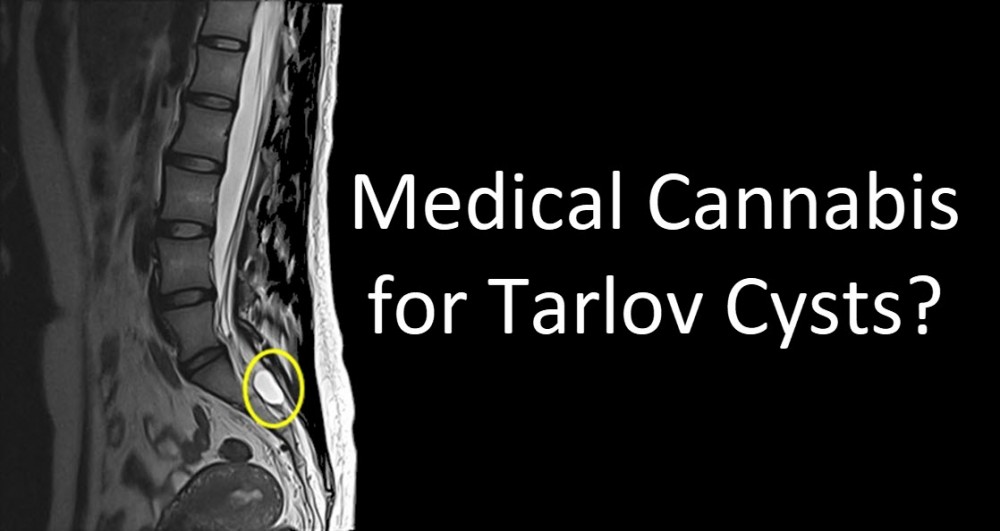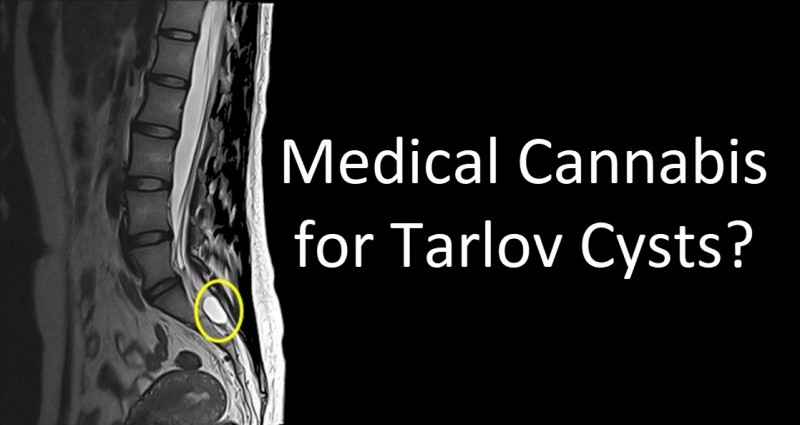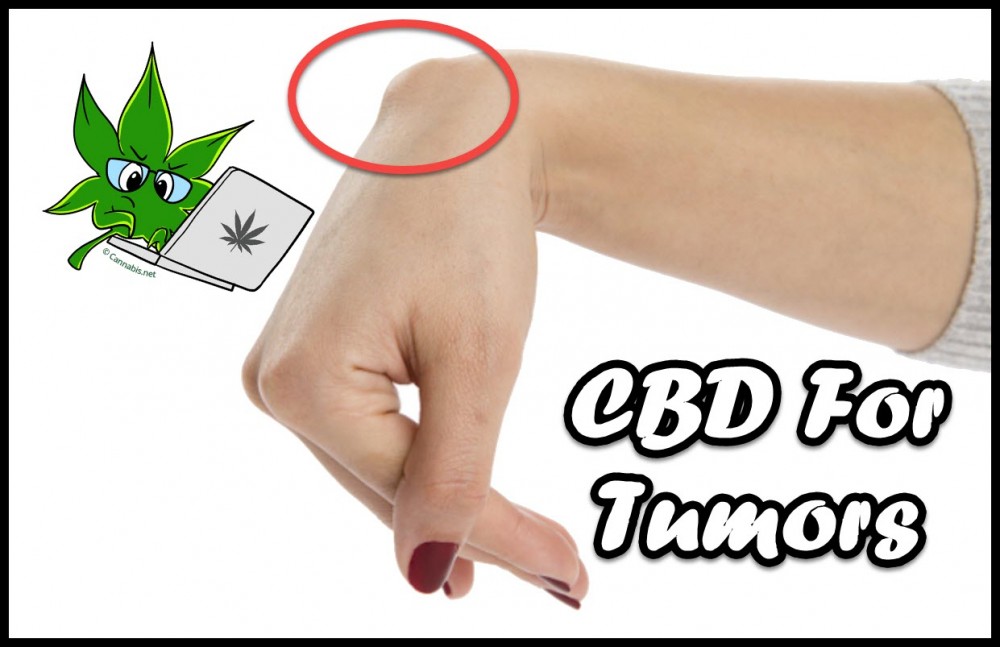Medical Cannabis for Tarlov Cysts?

In reading an article on how a woman’s stomach kept on growing without an explanation, got me thinking on how cannabis could influence the growth of a cyst. Searching for studies made it clear that not too much information is available on cysts in general. Specific cysts do get attention, but far more is needed to enlighten cannabis users for medicinal purposes. In this article, we will look at Tarlov Cysts and how cannabis can better the condition. But before we start, we should look at what the differences are between a cyst and a tumor.
Cysts and Tumors – What are the Differences?
Often when a lump is found under the skin, we tend to be alarmed. Just as often, there is nothing to be worried about. But can you be sure? Cysts and tumors are both common lumps. They are also often found in the same area, like an ovarian cyst, or ovarian tumor. But there are key differences between them. Cysts are small sacs filled with air, fluid, or other material. Tumors are unusual tissue growth.
Cysts or tumors are not necessarily cancer. Certain cancer can cause cysts, but most often cysts are benign. Tumors are more likely to be benign or malignant. Benign tumors tend to stay in the same place, whereas malignant tumors tend to spread to other parts.
The Cause of Cysts
There are a variety of cysts and just as many different causes for cysts. Sometimes it is an underlying medical condition that cause cysts, like polycystic ovary syndrome. Sometimes it is just dead skin cells that multiply instead of falling off. It could also be irritation of a hair follicle, a clogged duct within the hair follicle, degeneration of connective joint tissue, or ovulation.
What are Tarlov Cysts?
Tarlov cysts are small sacs or lesions found in the spine, tailbone, or sacral region. The sacral region has five sacral vertebrae at the base of the spine, just above the tailbone. Spinal fluid fills the cysts that vary in size. Smaller cysts often cause no problems, but bigger cysts are often painful. Tarlov cysts are different from other cysts due to the fact that they contain nerve fibers withing the cyst walls. Because it is found around nerve roots, it also is known as perineural, or sacral nerve root cysts.
As fluids fill the cysts, it builds up pressure and compresses nerve roots, which cause many symptoms and side effects. The pressure also often causes deterioration of the bones in the area. The cause is unknown, but it could be because of an injury or a fall. Often, Tarlov cysts are diagnosed with a connective tissue disorder.
What are the Symptoms?
At first, Tarlov cysts do not show specific symptoms. As the cyst grows, it shows symptoms like pressure on the nerve roots. Initially, it is just a feeling of pressure that is experienced, but eventually, it becomes very painful. Other symptoms include:
Back and perineal pain
Urinary incontinence
Sciatica
Dysuria
Radicular pain
Headaches
Retrograde ejaculation
Difficulty walking
Severe lower abdominal pain
Other symptoms might also include restless leg syndrome, sexual dysfunction, dizziness, weakness in the extremities, and swelling in the sacral area.
The different types of Tarlov Cysts
There are four different types of Tarlov cysts and can be identified as:
Group 1 – Pain on the tailbone that runs down to the legs with potential weakness
Group 2 – Pain in the bones, legs and groin area, sexual dysfunction, and dysfunctional bladder
Group 3 – Pain radiating from the site of the cyst across the hips to the lower abdomen
Group 4 – No pain, sexual dysfunction, and dysfunctional bladder.
How can Medical Cannabis Help?
Tarlov cysts are known to cause nerve pain. This makes it a good candidate for medical marijuana. Cannabis is far less invasive and less risky to treat cysts. Specific research on Tarlov cysts is still relatively limited because the disease is quite rare. But research on the treatment of pain with cannabis has been successfully conducted. THC specifically has been successful in treating neuropathy or peripheral nerve pain.
A strain high in THC could be very effective to treat pain by interacting with the endocannabinoid system of the body. Cannabinoids interacting with the receptors in the endocannabinoid system bring pain relief. Cannabis also strives to bring balance to the body and deal with other problems related to Tarlov cysts, like:
Sleep problems – Nerve pain often leads to difficulty sleeping. Cannabis helps to let you sleep better
Bladder control – Tarlov cysts often cause bladder control. Cannabis helps bladder control.}
Muscle Spasticity – Medical cannabis helps to reduce muscle spasticity.
There are many ways to treat the symptoms of Tarlov cysts with cannabis. If a person is open to smoking marijuana, smoking a joint, or vaping could bring fast relief. If a person is not open to smoking, edibles, or oils can bring relief too. It is often wise to microdose your cannabis to maintain constant relief.
CANNABIS FOR TUMORS, READ MORE...
CBD FOR TUMORS, DOES THE OIL WORK? CLICK HERE.







